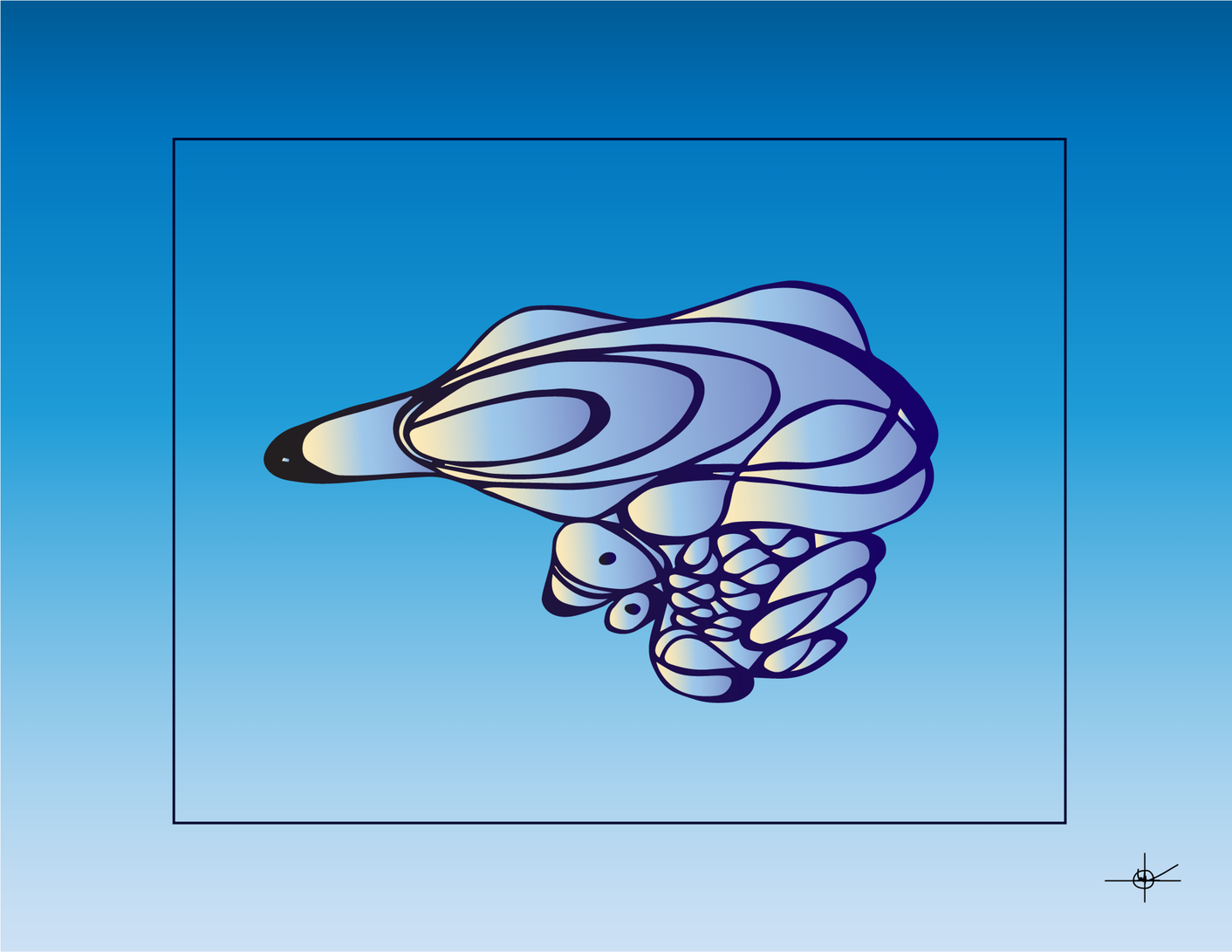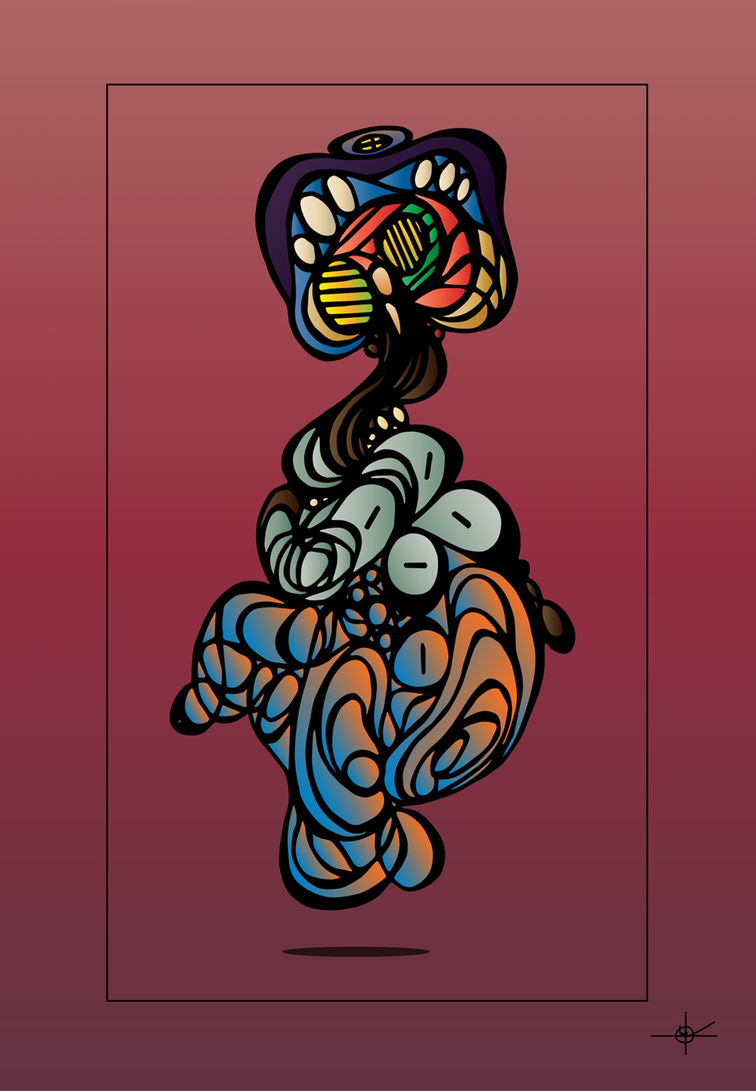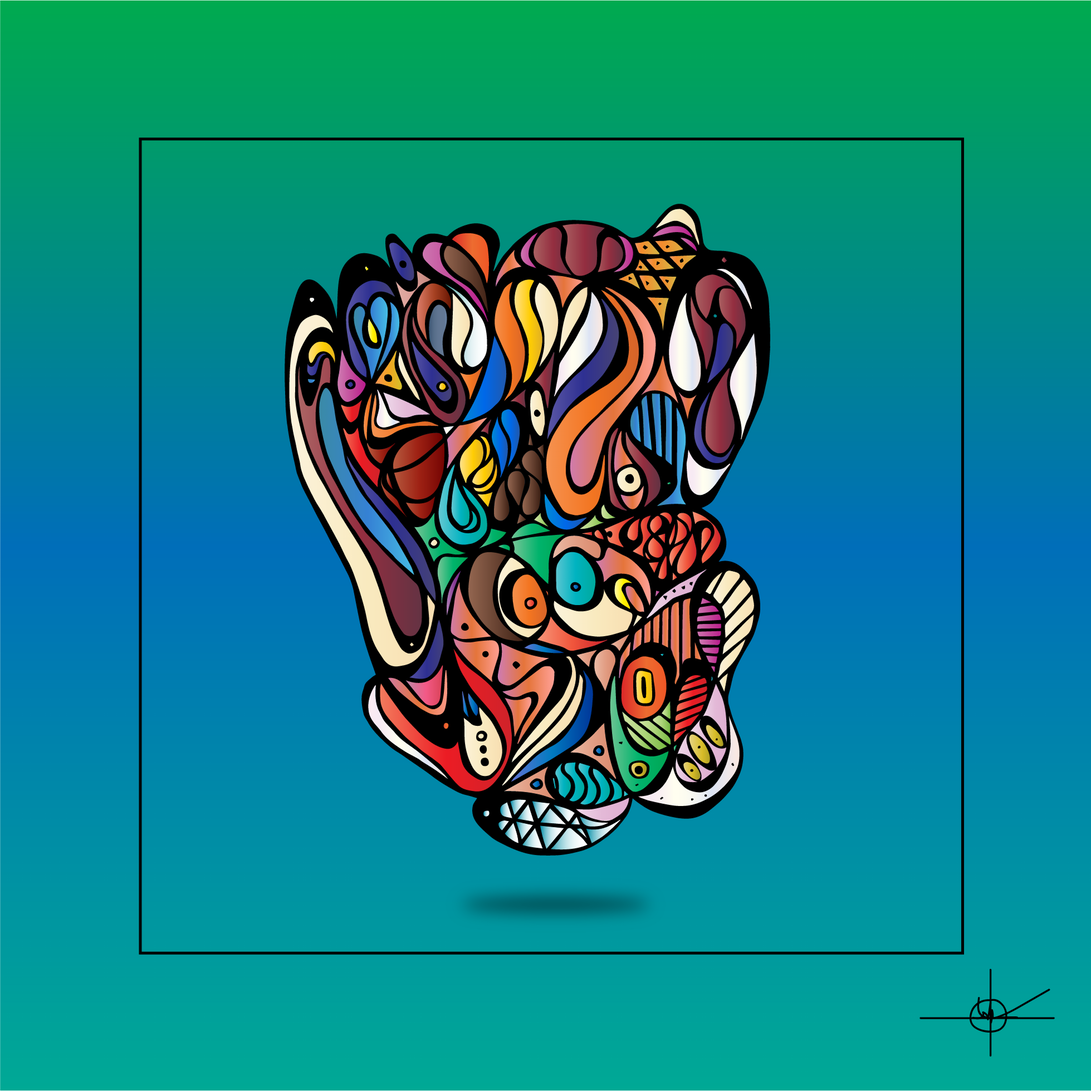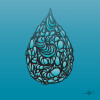You know that feeling of victory which comes when you successfully post that one last thing to your Snapchat story before your 1% battery life is fully exhausted? That’s the feeling I had when I first discovered Àshe in the first chapter of Robert Farris Thompson’s book, Flash of the Spirit: African & Afro-American Art & Philosophy. It was a victory of having discovered something that I felt had been intentionally hidden from me for years. I had just won this epic battle and yet I still remained uncertain of this: was it simply a victory over my own willful ignorance or a victory over a rotten system which tries at all costs to conceal truly captivating philosophies and discoveries my Afrikan ancestors developed, and any literature that supports it?
So even though I was absolutely excited to learn more about Afrikan art, the amazing Yoruba people and more importantly about Ashe, I still felt extremely angry at myself. I realized in that moment how little I knew of Nigeria and the Yoruba who are from there. This made me feel pathetic. And my mind wouldn’t shut up: “Your grandmother is actually from Nigeria you know.” Thanks for the reminder. In fact it made me realize how little I knew of my continent, period. It is easy to blame backward educational institutions and the evil westerners for keeping such knowledge from the mainstream, but I knew I had to be more proactive. I knew things had to change and I couldn’t thank Professor Thompson enough for such a powerful book.
I first heard about Flash of the Spirit through the documentary, Jean-Michel Basquiat: The Radiant Child, which is an amazing and honest exposition of the life of the prolific artist Jean-Michel Basquiat.
Coincidentally, I had also began making art more seriously that summer. It was mostly focused yet mindless hours of non-stop doodling but that’s also serious art isn’t it? In any case there were also several times when my work would also take on a more conscientious approach. This would usually happen when my creations explored the Afrikan and Afro-American art and philosophies I read about. I would ask myself: “How do I translate what I had learned about Nsibidi into my own visual understanding? How do I transfer elements of Vodun into my work in meaningful ways? How do I artfully reinterpret the of essence of Ashe through my new mind?”
I was constantly asking myself such questions and I still am today. As an artist, web designer and developer, I’m always looking for chances to combine these passions in ways that tell a larger and more beautiful story. Like the famed Oyo Yoruba bowmen, I’m always on the hunt for opportunity. Such moments allow stories to be told in a unique and progressive way, and this is essentially how the web project Àshe: Spirit of Flow was born.



Like I said before, the concept of Àshe – which represents the spiritual life force that flows through all – has intrigued me since I first encountered it in Flash of the Spirit. So when I first began creating art in the style of ‘Flow’ – my meditative process of creating fluid lines in a slow, focused way, often with no predetermined goal in mind – I couldn’t help but feel it was all Àshe incarnate. I felt a synergy between the iconic visual style and my understanding of Àshe and put them together in this storytelling website. Do check it out and let me know what you think in the comments.
But if you want to take an even deeper dive down the epic rabbit hole of Afrikan and Afro-American art and philosophy with Robert Farris Thompson, you can purchase a copy of his breathtaking book here: Flash of the Spirit: African & Afro-American Art & Philosophy. Thank you.



